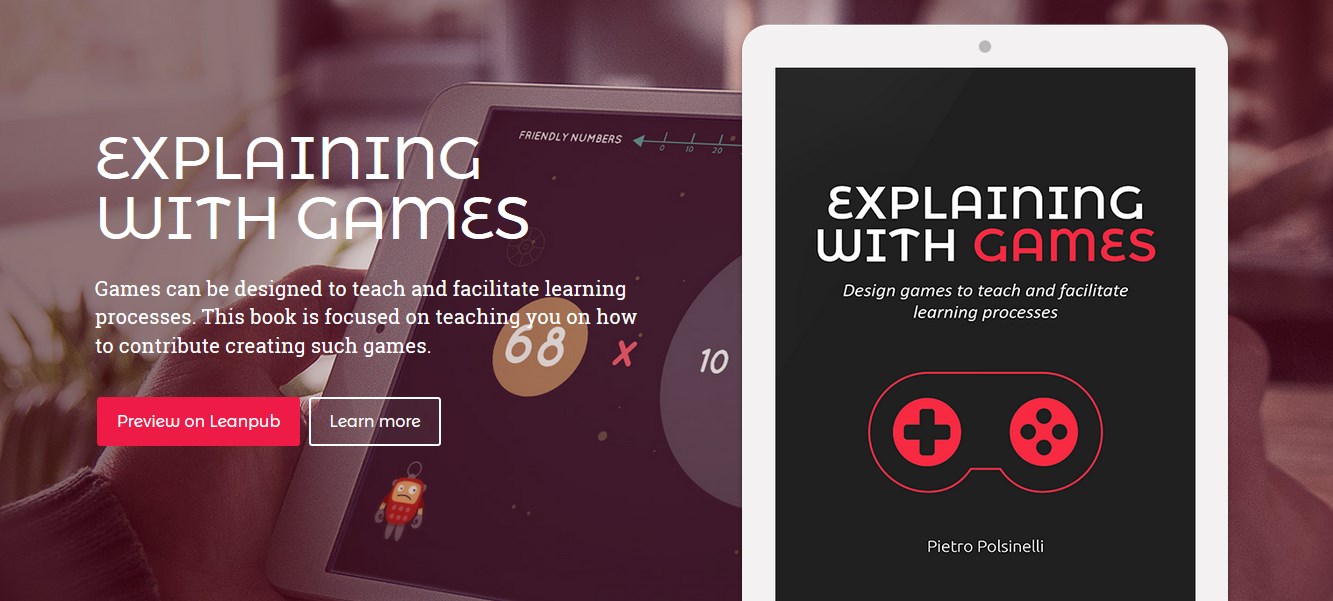In this podcast Daniele Giardini and Pietro Polsinelli (myself) discuss the notions of game polish and feel.
Here is the podcast:
There is also a video of the podcast here:
References
Game Feel: the book.
The game Goscurry.
DOTween tweening component site. Easings http://easings.net/en.
Finally, Vlambeer talk on game feel.
Follow me on Twitter where I post about game design, game development, Unity3d 2D, HTML5, applied games.
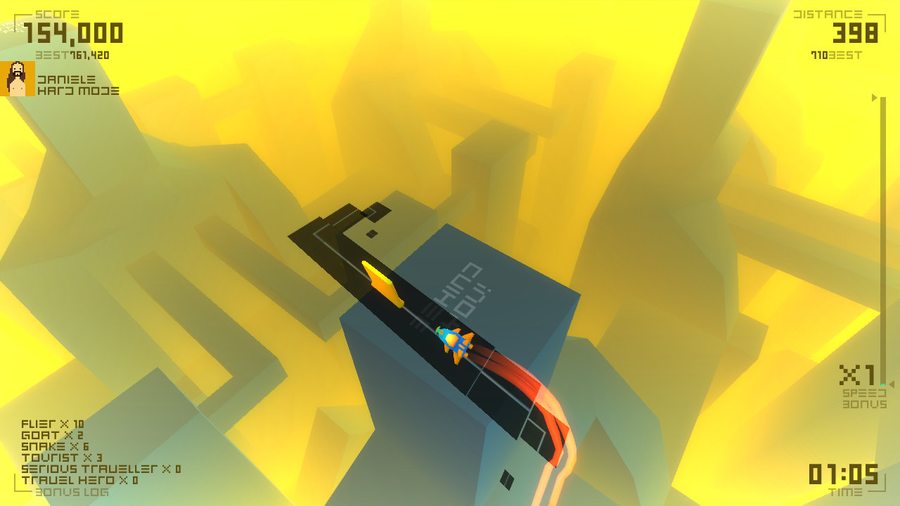
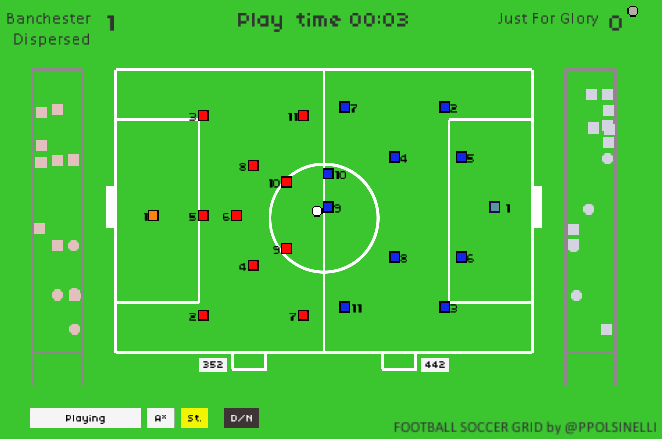





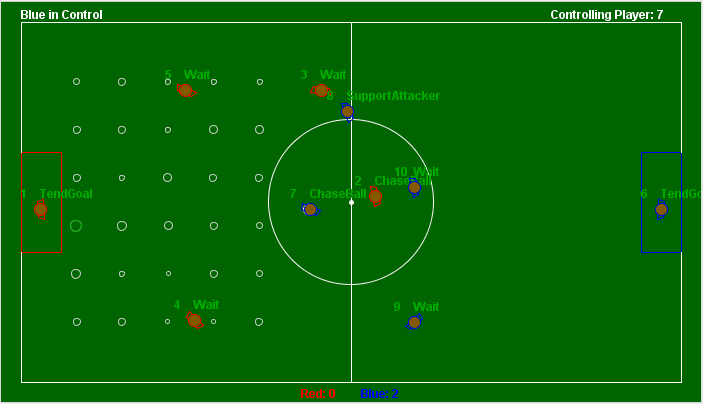





 The example is also using heavily inheritance to model all aspects of play. I instead will be happily mixing inheritance and composition, reducing inheritance to a minimum and modelling state with classes only when strictly necessary. A great book to learn about basic game programming patterns, if you are new to the topic is
The example is also using heavily inheritance to model all aspects of play. I instead will be happily mixing inheritance and composition, reducing inheritance to a minimum and modelling state with classes only when strictly necessary. A great book to learn about basic game programming patterns, if you are new to the topic is 

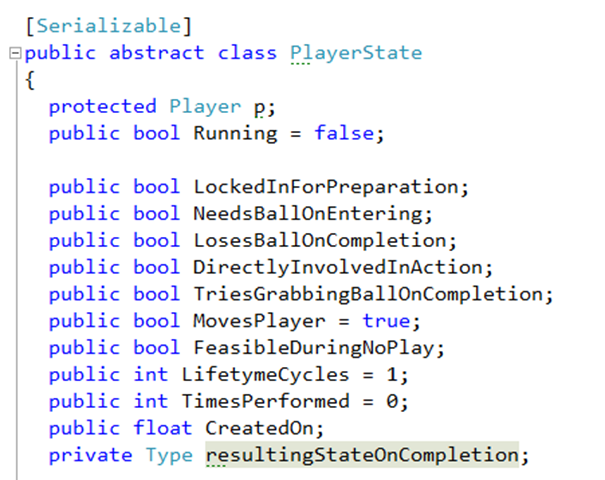
![2015-04-05 16_29_08-PowerPoint Slide Show - [MasterSlides.ppt [Compatibility Mode]] 2015-04-05 16_29_08-PowerPoint Slide Show - [MasterSlides.ppt [Compatibility Mode]]](http://designagame.eu/wp-content/uploads/2015/04/2015-04-05-16_29_08-PowerPoint-Slide-Show-MasterSlides.ppt-Compatibility-Mode_thumb.png)

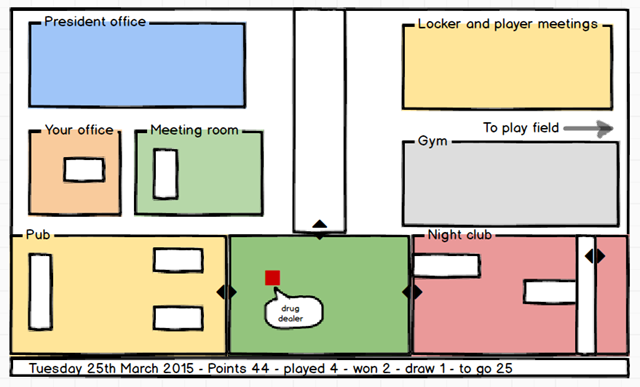
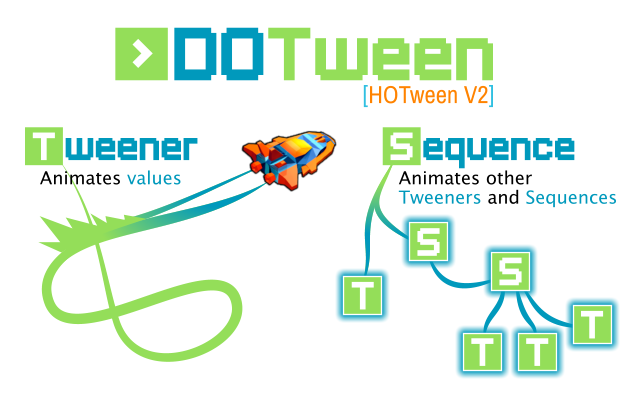
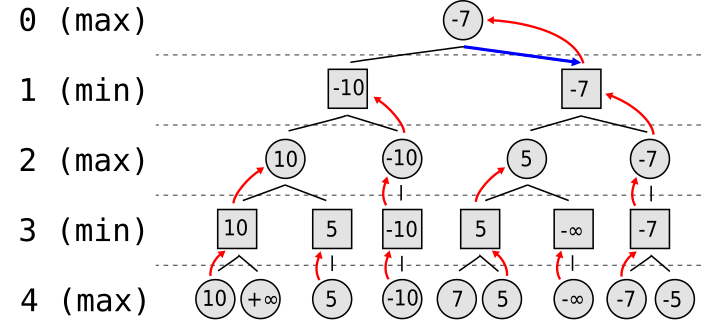
 I am as always giving meaningful names to variables (and you should too) and so it would be nice to get the instance to be named as the variable, without duplications and without – oh horror – writing the instance name as string, breaking code esthetic and refactorings. In the pic on the side you see what you get by default – not cool.
I am as always giving meaningful names to variables (and you should too) and so it would be nice to get the instance to be named as the variable, without duplications and without – oh horror – writing the instance name as string, breaking code esthetic and refactorings. In the pic on the side you see what you get by default – not cool.

 getting good names on the instances
getting good names on the instances 
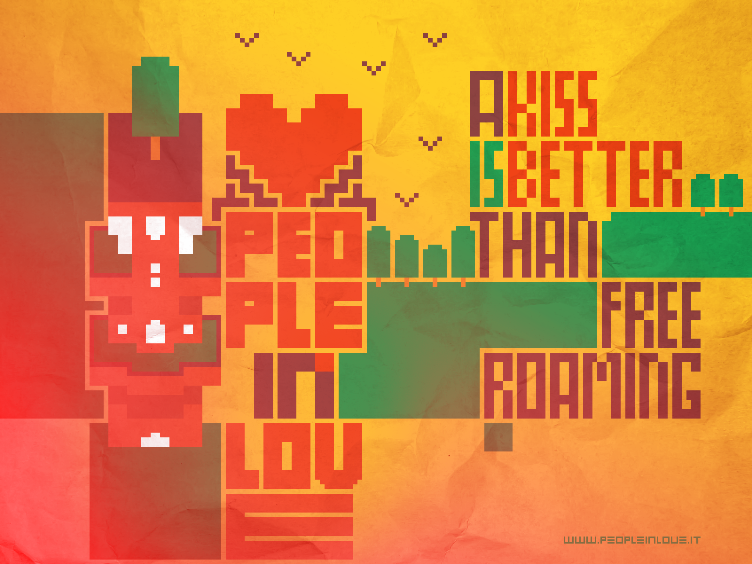
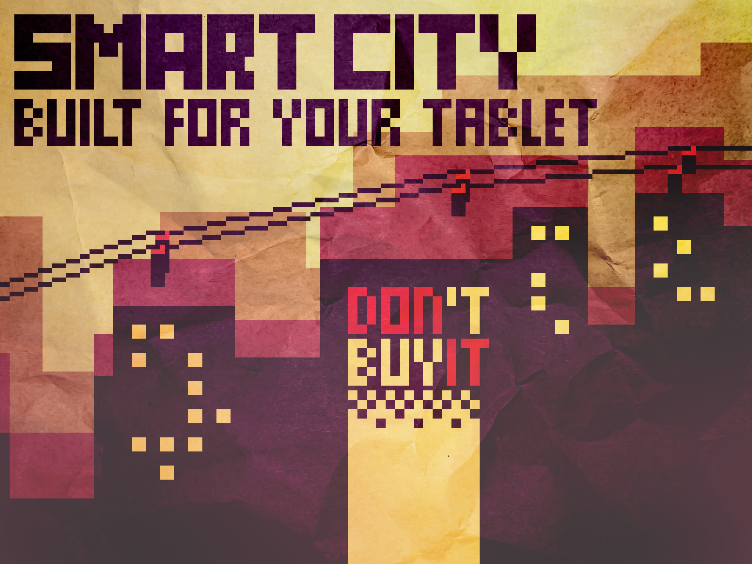

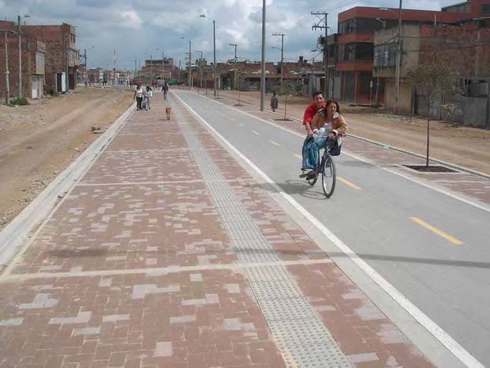
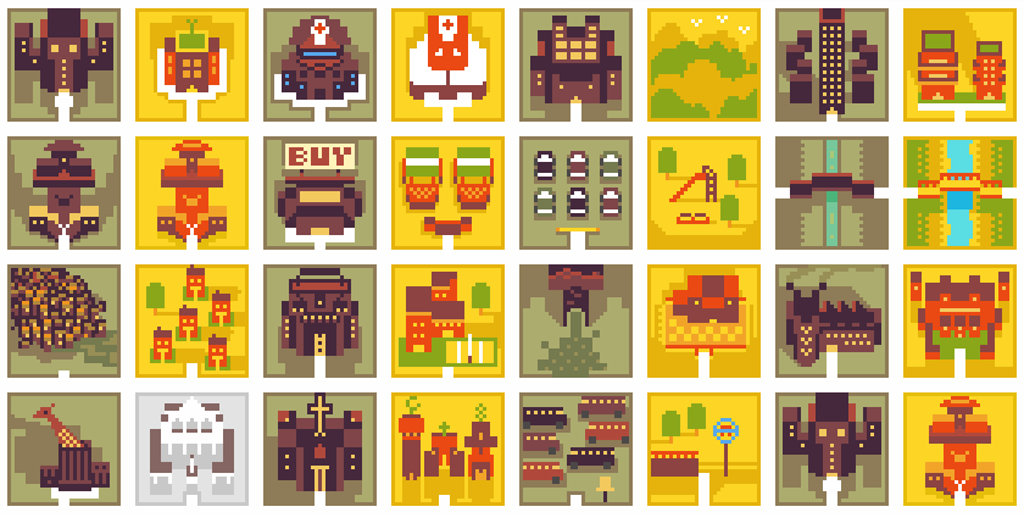
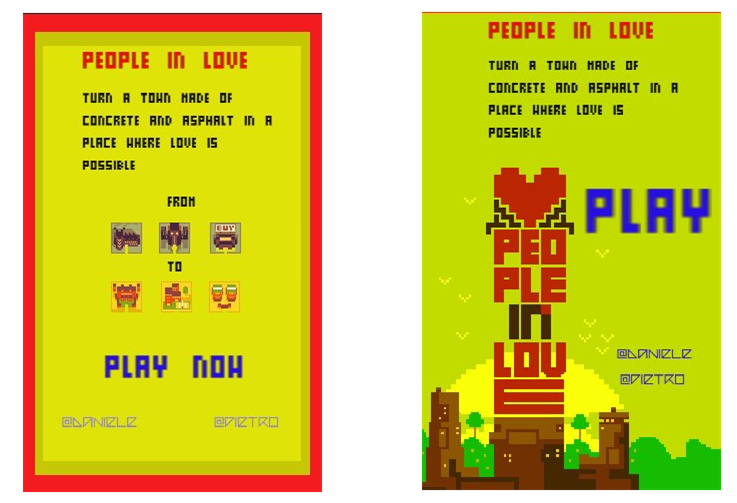
 Next alpha is going to bring some deep revisions: activists will be introduced as characters, news will be animated, and the game will start with a first very simple city block to be improved in order to introduce ways to play.
Next alpha is going to bring some deep revisions: activists will be introduced as characters, news will be animated, and the game will start with a first very simple city block to be improved in order to introduce ways to play.
 Following
Following 






